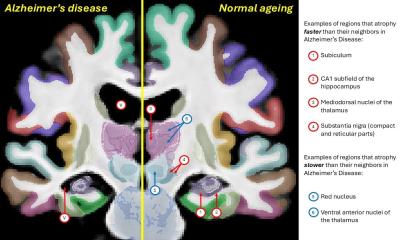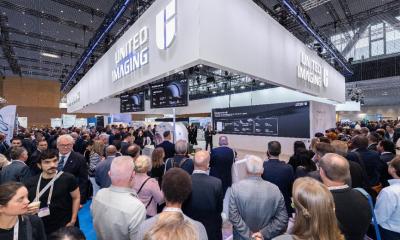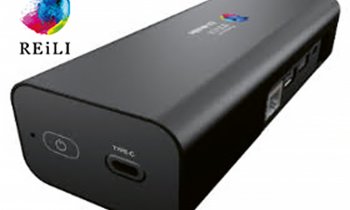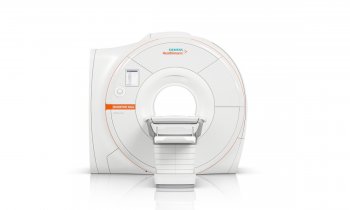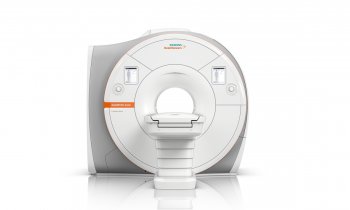Henkjan Huisman
Better and more affordable care through medical imaging AI
Henkjan Huisman has been appointed Professor of AI Guided Imaging at Radboud university medical center / Radboud University.
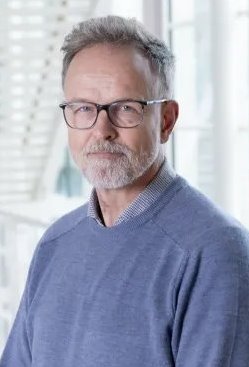
Image source: Radboud University
Through his research, he aims to deepen knowledge about AI in healthcare, with the goal of providing better and more affordable care. His focus is particularly on AI applications in medical imaging.
Medical imaging involves creating images of the human body to diagnose, monitor, and/or treat diseases. It uses various technologies such as sound waves (ultrasound), magnetic fields (MRI), and radioactive substances (nuclear medicine). The use of artificial intelligence (AI) in analyzing these images is becoming increasingly relevant.
In his research, Henkjan Huisman explores two types of ‘guidance’ in medical imaging through AI. The first concerns the responsible use of AI. ‘We know how to build diagnostic AI that performs at expert level. What we lack is trust in the technology to enable efficient, safe, and affordable implementation,’ says Huisman. ‘AI must be guided by scalable, reliable benchmarks and monitoring systems, allowing people to retain final responsibility over AI.’
In the short term, such guidance makes it possible to evaluate whether specific AI applications truly improve patients’ lives. In the long term, this guidance should evolve into a continuously learning AI system under smart expert supervision. Such a system can help us learn from yesterday’s patient to provide better care for today’s.
Recommended article
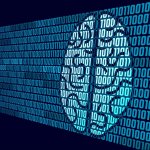
Article • Technology overview
Artificial intelligence (AI) in healthcare
With the help of artificial intelligence, computers are to simulate human thought processes. Machine learning is intended to support almost all medical specialties. But what is going on inside an AI algorithm, what are its decisions based on? Can you even entrust a medical diagnosis to a machine? Clarifying these questions remains a central aspect of AI research and development.
The second form of guidance concerns the role of AI in steering imaging technology to support medical interventions, with a focus on MRI imaging. AI can, for example, automatically control MRI to more quickly track an instrument, such as during a biopsy. This makes treatment both faster and more precise.
Henkjan Huisman considers it crucial that his research has societal value. ‘The ultimate goal of my team and myself is to improve patient care—preferably in the short term. We use proven methods such as the NWO Impact Pathway and Working Backwards to ensure that all our research contributes to society.’
Looking ahead, Huisman foresees large-scale changes in healthcare due to AI. ‘Even with my 35 years of experience in medical AI research, it’s a challenge to keep up with current developments in the field. By mid-2025, the best AI already matches expert-level performance in many medical domains. The potential consequences are significant. I believe healthcare is not yet prepared for patients shifting from the mediocre advice of Dr. Google to the often excellent advice of Dr. ChatGPT.’ According to Huisman, both evaluation and oversight of AI are essential, but better organization is needed.
Career
Henkjan Huisman studied Electrical Engineering in Delft, specializing in medical imaging. After graduating, he joined the Radiology Department at Radboudumc, where he has worked ever since. In 1998, he earned his PhD with research on analyzing liver tumor tissue using ultrasound (dissertation title: In vivo ultrasonic tissue characterization of liver metastases). In addition to his career at Radboudumc, Huisman has held positions at various academic institutions and companies both nationally and internationally. From 2004 to 2010, he was a consultant at the American company U-Systems. From 2021 to 2024, he worked as Professor of Medical Imaging AI at the Norwegian University of Science and Technology. Huisman is also a member of the AAPM Computer-Aided Diagnosis Steering Committee and Taskforce 273 on CAD Assessment, Quality Assurance and Training Papers. He also participates in the PI-RADS guideline committee of the ACR on prostate MRI AI.
Source: Radboud University
21.08.2025




